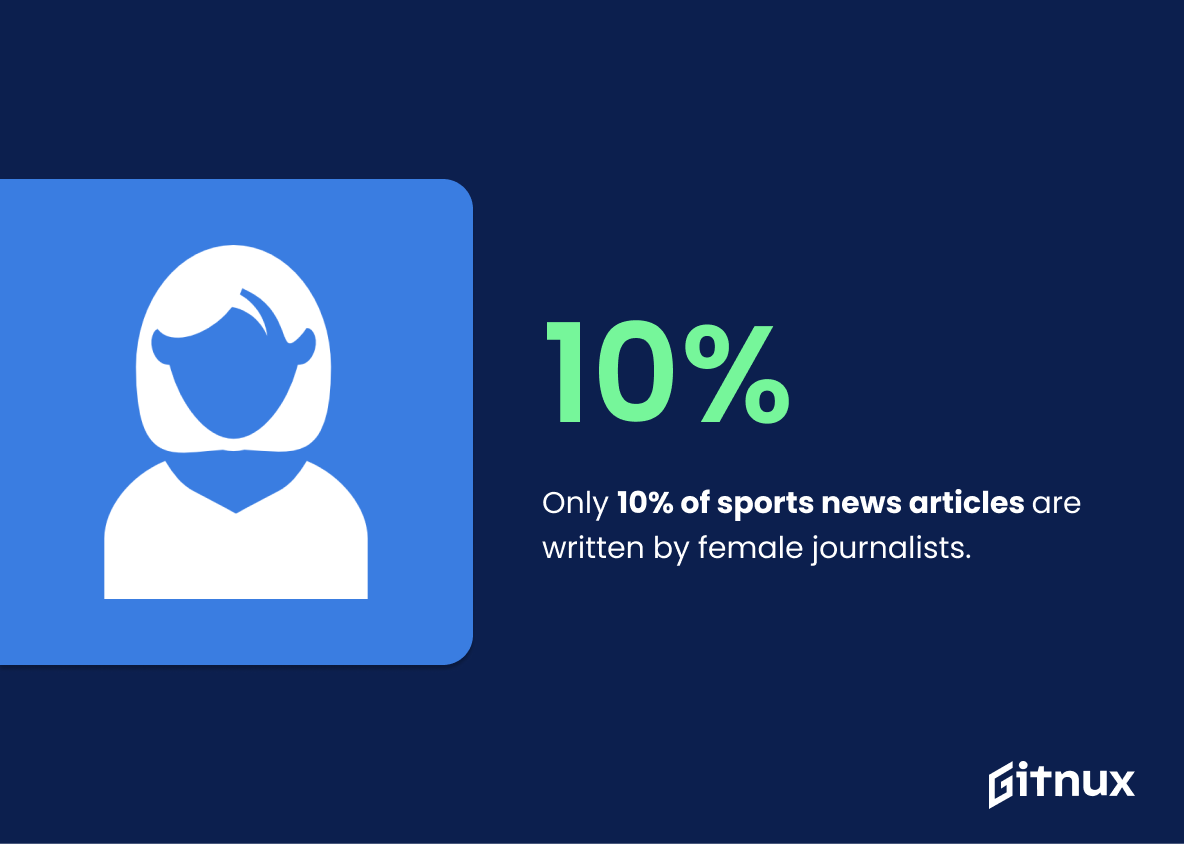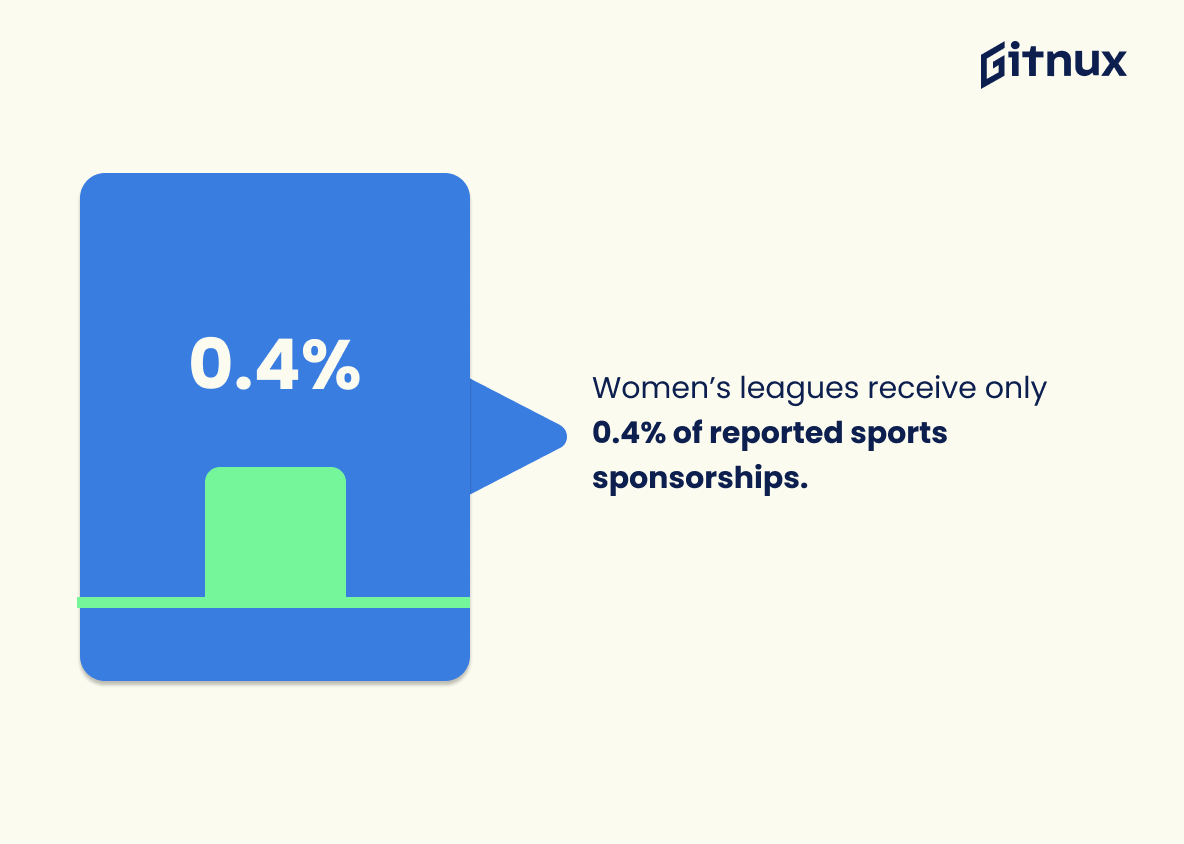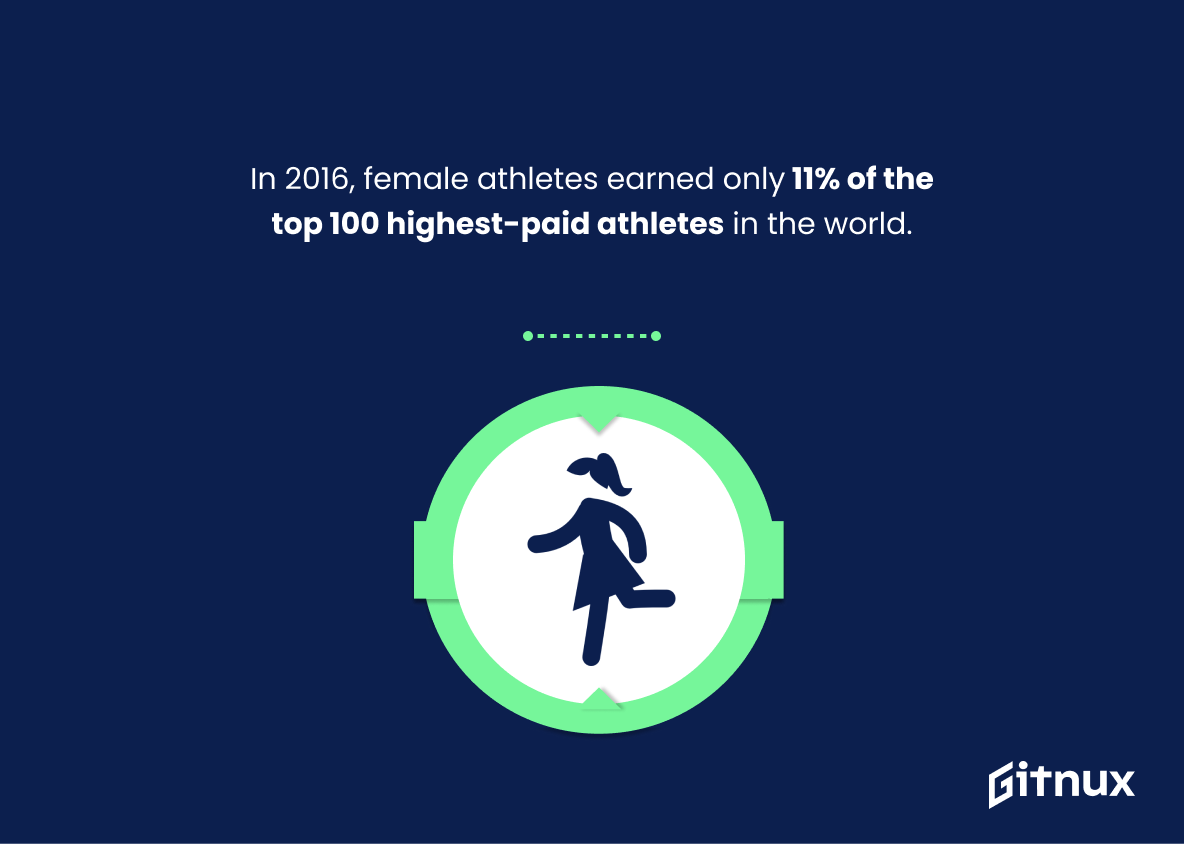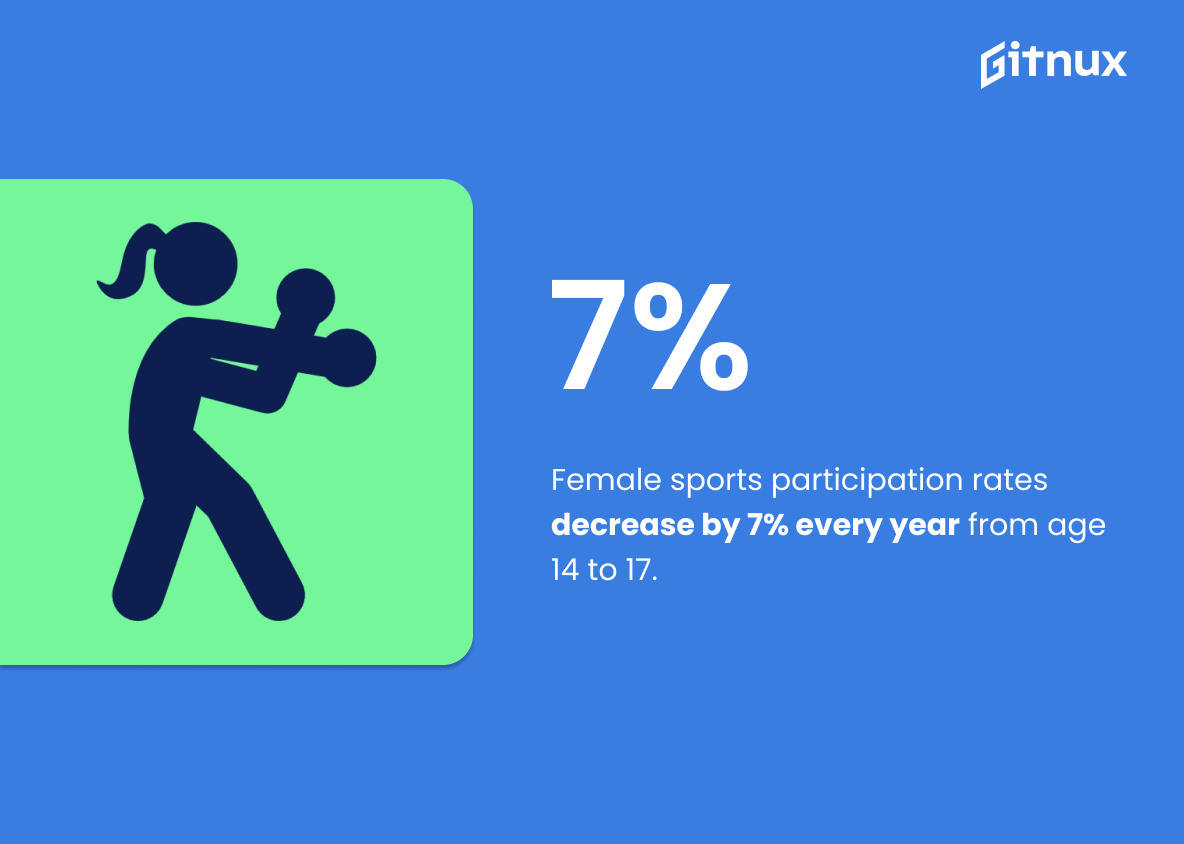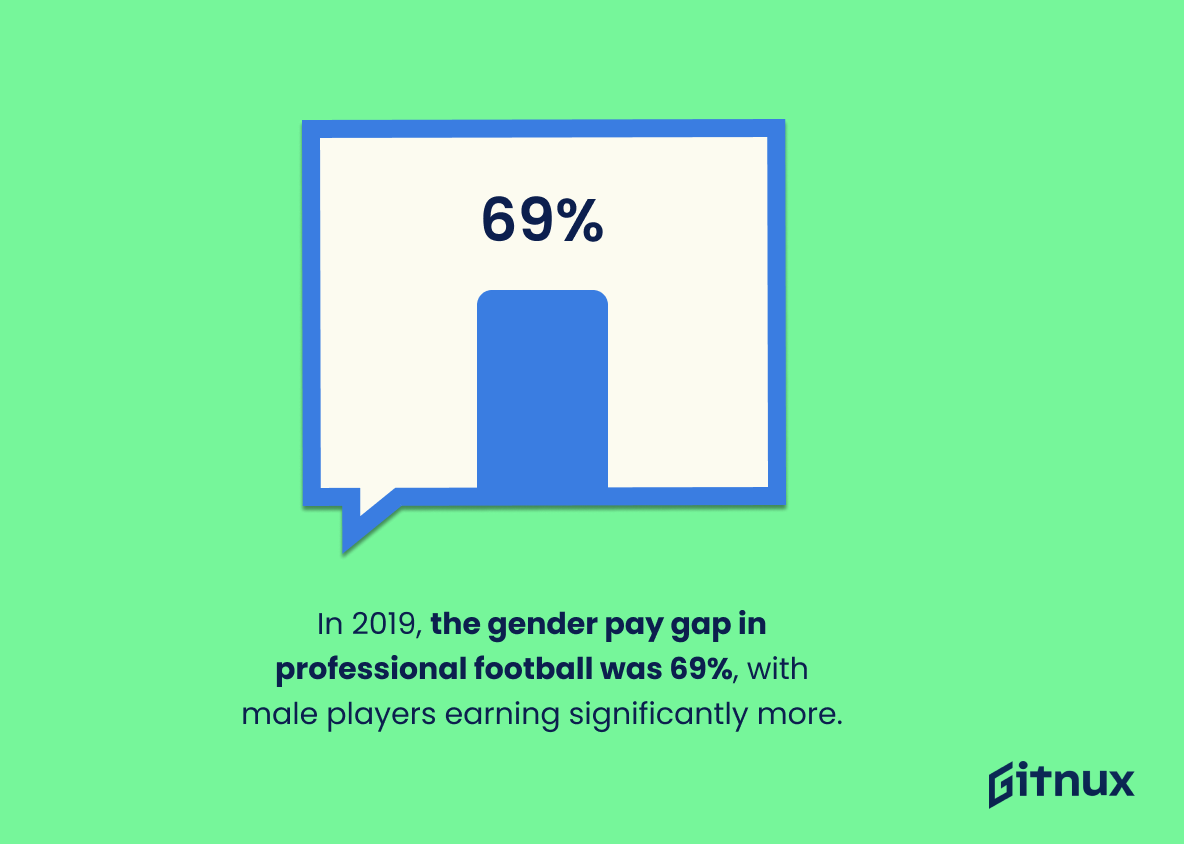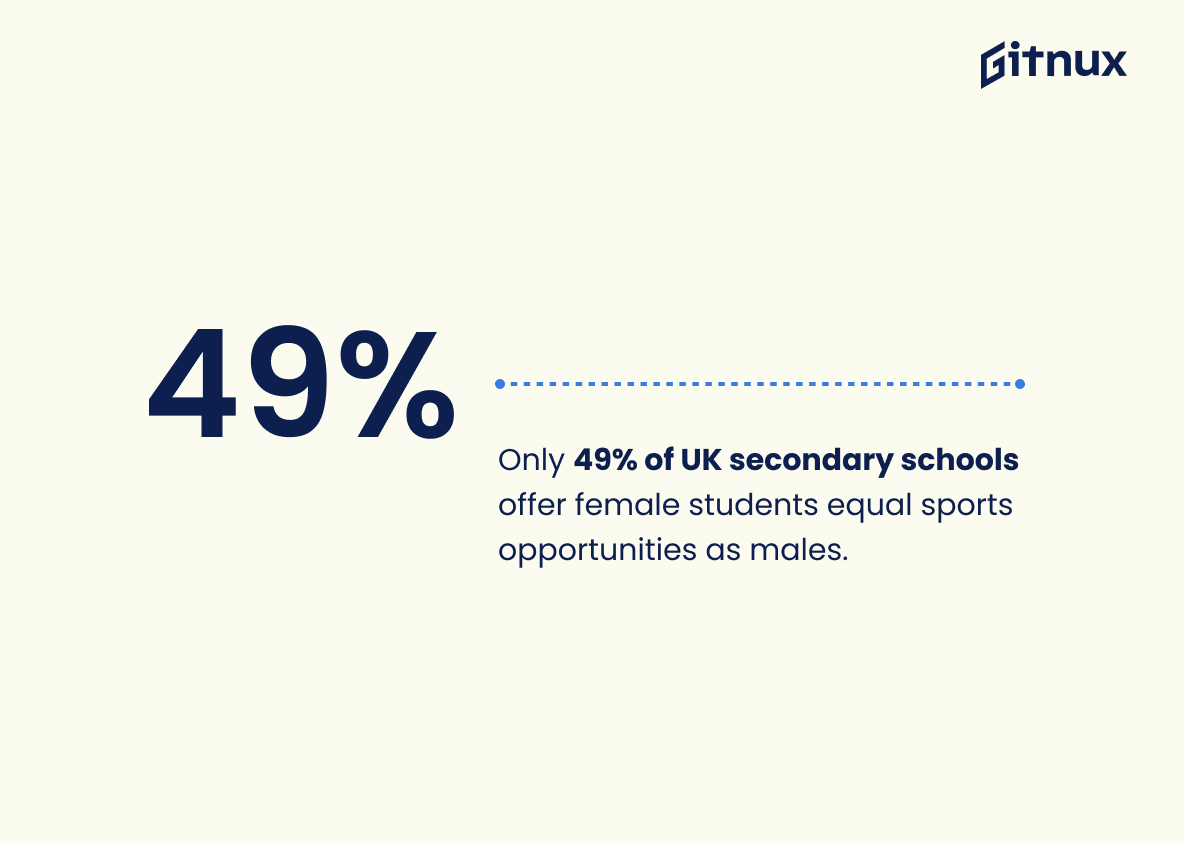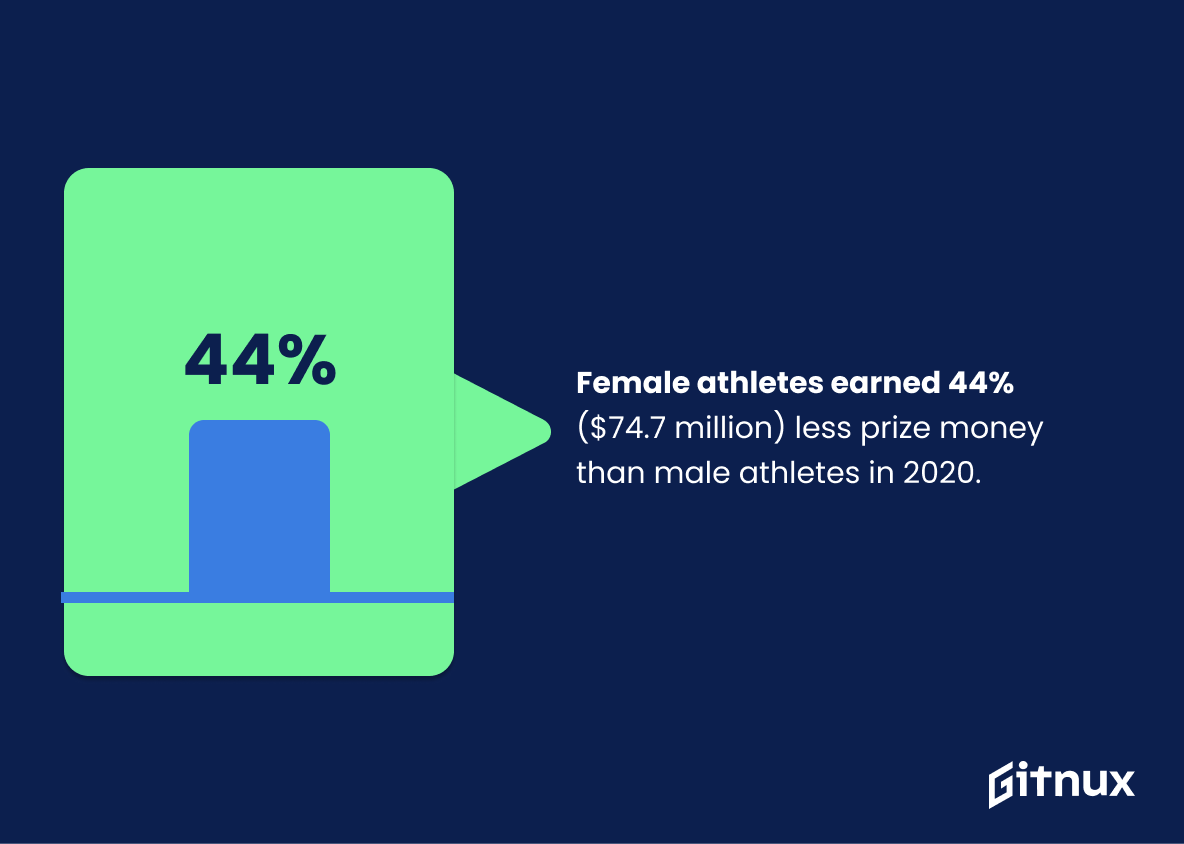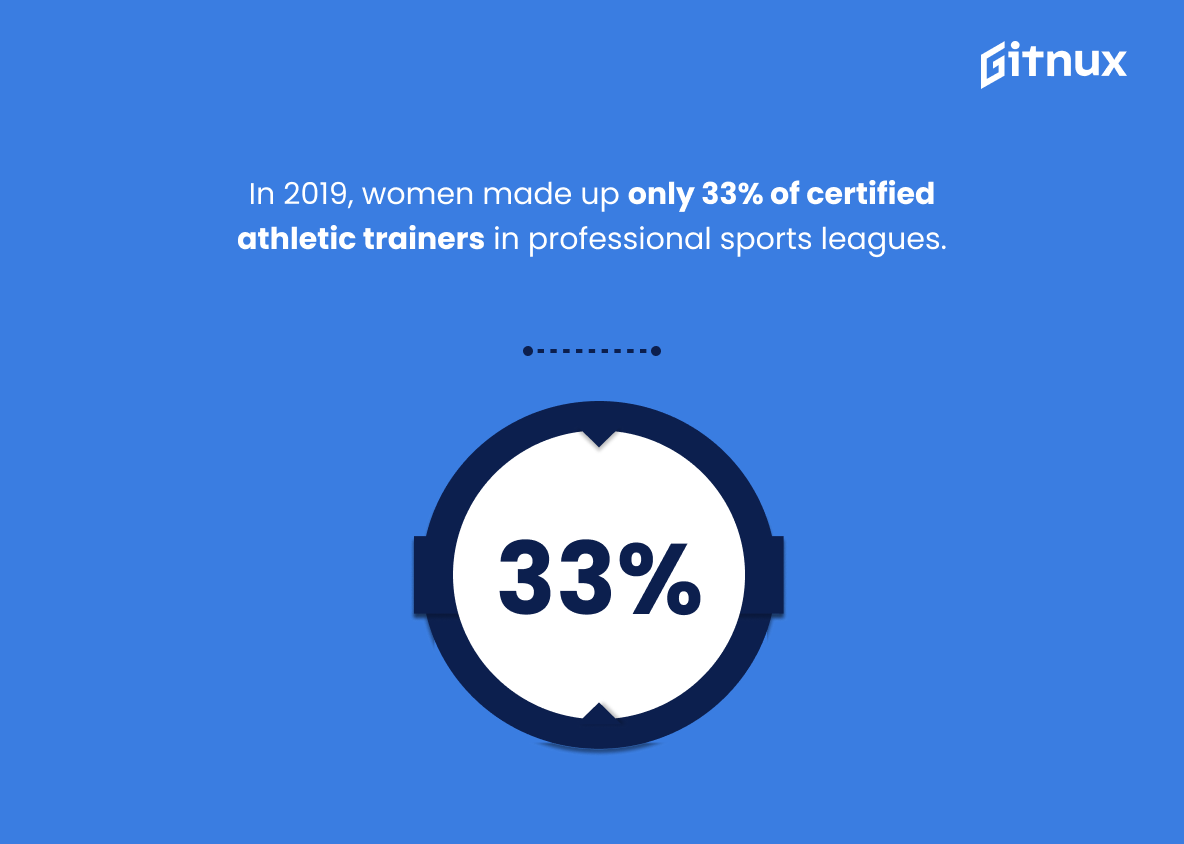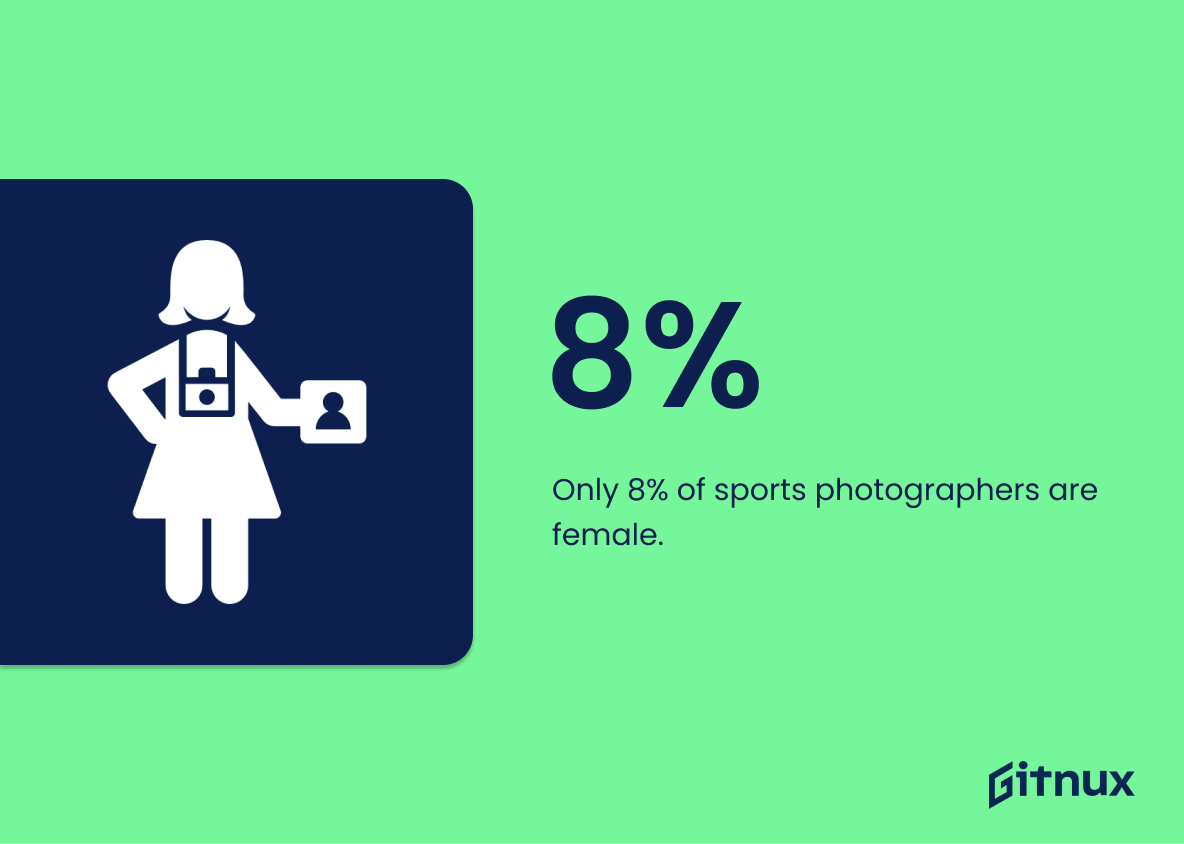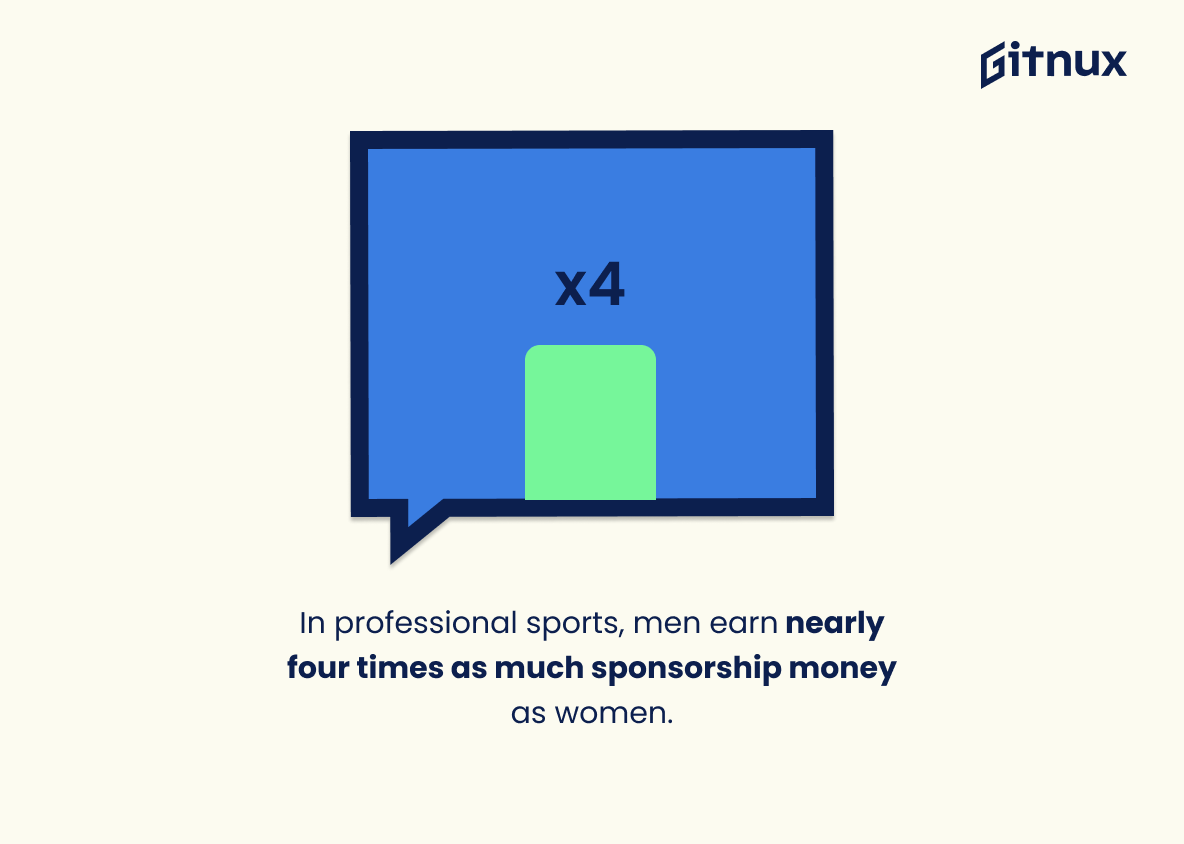Gender inequality in sports is a pervasive issue that has been present for decades. Despite the progress made over the years, there are still many statistics which demonstrate how far we have to go before achieving true gender equality in sport. From female athletes receiving only 4% of all sports media coverage to men earning nearly four times as much sponsorship money as women, these figures show just how unequal our current system is and why it needs urgent reform. In this blog post, I will be exploring 20 different statistics on gender inequality in sports from around the world and discussing what they mean for us today.
This statistic is a stark reminder of the gender inequality that exists in sports media coverage. It highlights the fact that female athletes are not receiving the same level of recognition and attention as their male counterparts, which can have a detrimental effect on their career prospects and opportunities. This statistic is a powerful illustration of the need for greater gender equality in sports media coverage, and serves as a call to action for those who are passionate about creating a more equitable playing field for all athletes.
In 2020, women made up 53.7% of Olympic athletes, the highest percentage at the Games to date.
This statistic is a powerful reminder of the progress that has been made in the fight for gender equality in sports. It shows that, despite the long history of gender inequality in sports, women are now being given the opportunity to compete at the highest level. This is an important step forward in the effort to create a more equitable playing field for all athletes, regardless of gender. It also serves as a reminder that there is still much work to be done in order to ensure that all athletes have equal access to resources and opportunities.
Gender Inequality In Sports Statistics Overview
Only 10% of sports news articles are written by female journalists.
This statistic serves as a stark reminder of the gender inequality that exists in the sports journalism industry. It highlights the fact that female journalists are significantly underrepresented in the field, and that there is still a long way to go in terms of achieving gender parity in the industry. This statistic is an important part of the conversation about gender inequality in sports statistics, and should be taken into account when discussing the issue.
Women received 37% of prime-time television sports coverage in 2019, the lowest since 1993.
This statistic serves as a stark reminder of the gender inequality that still exists in the world of sports. It highlights the fact that, despite the progress made in recent years, women are still vastly underrepresented in the media coverage of sports. This lack of visibility has a direct impact on the way women are perceived in the sports world, and it is a major obstacle to achieving true gender equality in sports.
From 2016 to 2020, just 36.9% of sports federations had female presidents.
This statistic serves as a stark reminder of the gender inequality that still exists in the world of sports. It highlights the fact that, despite the progress made in recent years, women are still vastly underrepresented in positions of power within sports federations. This statistic is a call to action for those in the sports industry to take steps to ensure that women are given the same opportunities as men to lead and shape the future of sports.
Women’s leagues receive only 0.4% of reported sports sponsorships.
This statistic serves as a stark reminder of the gender inequality that exists in the world of sports. It highlights the fact that women’s leagues are drastically underfunded and undervalued compared to their male counterparts, and that sponsorships are not being allocated in a fair and equitable manner. This statistic is a powerful indicator of the systemic discrimination that women in sports face, and it is a call to action for those who are passionate about creating a more equitable playing field.
In 2016, female athletes earned only 11% of the top 100 highest-paid athletes in the world.
This statistic serves as a stark reminder of the gender inequality that still exists in the world of sports. It highlights the fact that, despite the progress that has been made in recent years, female athletes are still not receiving the same level of recognition and financial reward as their male counterparts. This statistic is a powerful illustration of the need for further action to be taken in order to ensure that female athletes are given the same opportunities and rewards as male athletes.
Female sports participation rates decrease by 7% every year from age 14 to 17.
This statistic serves as a stark reminder of the gender inequality that exists in sports. It highlights the fact that, as girls reach their teenage years, they are increasingly discouraged from participating in sports, while boys are encouraged to continue. This trend is indicative of a larger problem in which girls are not given the same opportunities as boys to engage in physical activity and develop their athletic skills.
In 2019, the gender pay gap in professional football was 69%, with male players earning significantly more.
This statistic serves as a stark reminder of the gender inequality that still exists in professional sports. It highlights the fact that, despite the progress made in recent years, there is still a long way to go before female athletes can expect to be paid the same as their male counterparts. This statistic is a powerful illustration of the gender pay gap in professional sports, and it is an important reminder that gender inequality in sports is still a major issue that needs to be addressed.
Just 49% of secondary schools in the UK offer female students the same number of sports as their male counterparts.
This statistic serves as a stark reminder of the gender inequality that still exists in the sports world. It highlights the fact that, even in the educational system, female students are not being given the same opportunities as their male counterparts. This is a concerning issue, as it suggests that the gender gap in sports is still very much alive and well. It is essential that steps are taken to ensure that all students, regardless of gender, are given equal access to sports and other physical activities.
Female athletes earned 44% ($74.7 million) less prize money than male athletes in 2020.
This statistic serves as a stark reminder of the gender inequality that still exists in the world of sports. It highlights the fact that female athletes are not receiving the same recognition and rewards for their hard work and dedication as their male counterparts. This disparity in prize money is a clear indication that female athletes are not being given the same opportunities to succeed and are being held back from achieving their full potential. This statistic is a powerful reminder that gender inequality in sports is still a major issue that needs to be addressed.
In 2019, women made up only 33% of certified athletic trainers in professional sports leagues.
This statistic serves as a stark reminder of the gender inequality that still exists in professional sports leagues. It highlights the fact that women are still significantly underrepresented in the field of certified athletic trainers, despite the fact that they make up a large portion of the sports industry. This statistic is a powerful indicator of the need for more gender equality in the sports world, and it should be taken seriously.
Only 8% of sports photographers are female.
This statistic serves as a stark reminder of the gender inequality that exists in the sports photography industry. It highlights the fact that women are significantly underrepresented in this field, and that there is still a long way to go in terms of achieving gender parity in the sports world.
In professional sports, men earn nearly four times as much sponsorship money as women.
This statistic serves as a stark reminder of the gender inequality that exists in professional sports. It highlights the fact that despite the progress that has been made in recent years, there is still a long way to go before women are given the same opportunities and recognition as their male counterparts. This statistic is a powerful illustration of the need for further action to be taken in order to ensure that women in sports are given the same opportunities and rewards as men.
Conclusion
The statistics presented in this blog post demonstrate the pervasive gender inequality that exists within sports. From media coverage to sponsorship investment, female athletes are consistently underrepresented and underserved compared to their male counterparts. This is a systemic issue that requires immediate attention from all stakeholders involved in the industry, including governing bodies, sponsors, broadcasters and journalists. It is essential for these groups to work together towards creating an equitable playing field where women can compete on equal footing with men without facing any form of discrimination or bias. Only then will we be able to truly celebrate sporting excellence regardless of gender identity or expression.
References
0. – https://www.apnews.com
1. – https://www.www.businessinsider.com
2. – https://www.tokyo2020.org
3. – https://www.globalsportmatters.com
4. – https://www.www.womensmediacenter.com
5. – https://www.www.insideworldfootball.com
6. – https://www.www.forbes.com
7. – https://www.www.theguardian.com
8. – https://www.www.globalsportssalaries.com
9. – https://www.www.youthsporttrust.org
10. – https://www.www.bbc.com
11. – https://www.www.womeninsport.org
12. – https://www.www.nata.org
